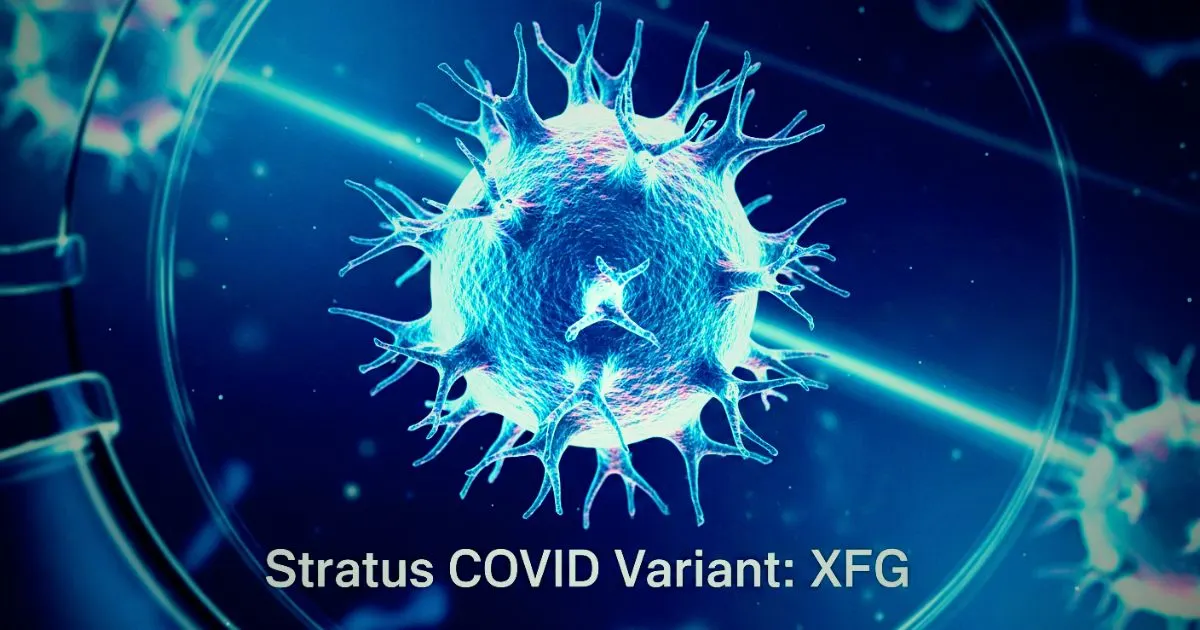“I started seeing two balls… and I knew something was wrong.”
Tennis icon Monica Seles has opened up for the first time about her battle with myasthenia gravis — a rare autoimmune disease that’s been quietly affecting her life for years.
Nine-time Grand Slam champion Seles revealed she was diagnosed three years ago. She decided to speak out ahead of this month’s US Open to raise awareness about the long-term condition, which causes muscle weakness and can affect almost any part of the body, including the muscles that control the eyes.
The 51-year-old first noticed symptoms about five years ago. “I would be playing tennis with some kids or family members, and I’d miss a ball,” she told The Associated Press. “I was like, ‘Yeah, I see two balls.’ These are obviously symptoms you can’t ignore.”
Opening up wasn’t easy. “It took me quite some time to really absorb it, speak openly about it, because it’s a difficult one. It affects my day-to-day life quite a lot,” she shared.
There is currently no cure for myasthenia gravis, but Seles hopes her story will help others learn about the condition and feel less alone.
Seles’ career is the stuff of tennis legend — eight major titles by age 19, starting with her first French Open win at just 16. But her journey took a devastating turn in 1993 when she was stabbed by a fan during a match in Hamburg. After taking time to recover, she won only one more major before stepping away from the sport.
By the time she played her final match in 2003, Seles had won 53 tournaments, spent 178 weeks as world number one, and secured her place among the greatest players in history.
What Is Myasthenia Gravis?

Myasthenia gravis (MG) is a rare autoimmune disorder where the immune system disrupts communication between nerves and muscles, making muscles weak and easily fatigued.
Common symptoms include:
- Drooping eyelids or double vision
- Difficulty speaking, chewing, or swallowing
- Weakness in the arms or legs
- Fatigue that worsens with activity and improves with rest
MG isn’t contagious, and while there’s no cure yet, treatments like medication, lifestyle changes, and sometimes surgery can help manage symptoms and improve daily life.
Read More:Myasthenia Gravis: The Hidden Muscle Weakness You Shouldn’t Ignore








1 thought on “Tennis Legend Monica Seles Breaks Silence on Rare Autoimmune Disease”